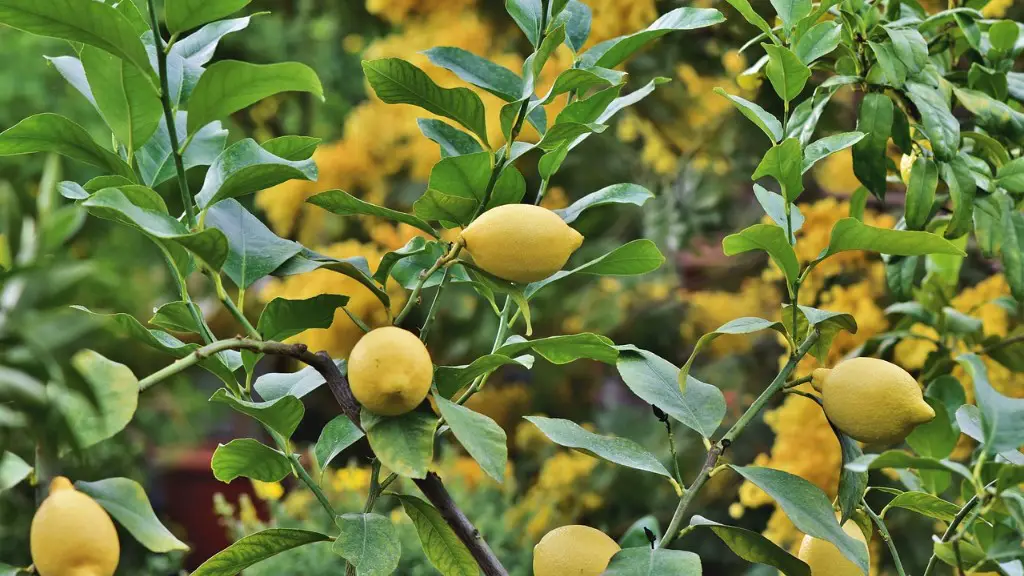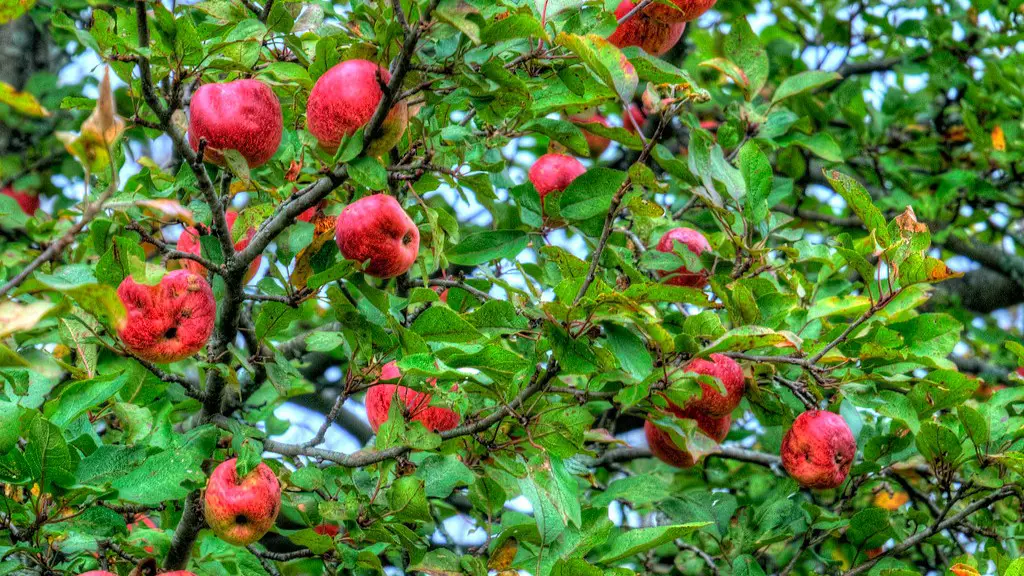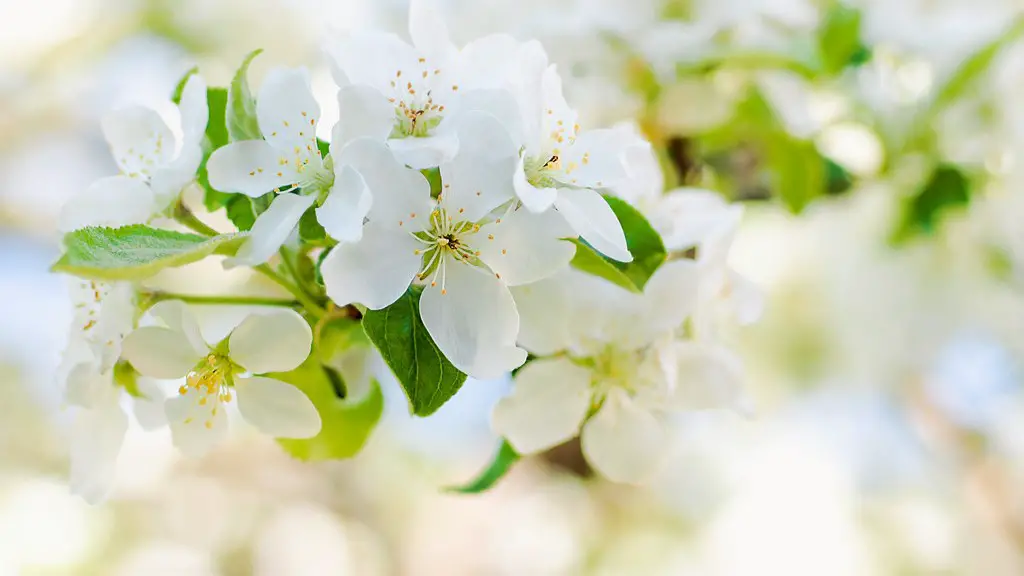Exploring the feasibility of pruning a Meyer lemon tree can seem overwhelming at first given the prospect of taking a knife or clippers to such a delicate and valuable plant. However, when conducted carefully and thoughtfully, pruning has multiple advantages and can be personally rewarding. It is, therefore, a worthwhile undertaking to consider looking into.
The first step to approach pruning a Meyer lemon tree is to identify its current condition. Such a tree should have no signs of distress; its crown of leaves should be lush and full, and its foliage should be free of mildew or other discoloration. If your tree is still young, it won’t need much pruning, just minimal trimming of overly-long branches. Older trees, on the other hand, may require more pruning to shape and encourage further fruit production.
When preparing to prune your Meyer lemon tree, it is suggested to first disinfect your shears and might even be beneficial to wear gloves. It is also recommended to identify dead, damaged, and diseased branches and to prune those first; this helps to keep the tree healthy. The following step is to remove any wayward branches that cross over one another and to remove any suckers that grow from the base of the tree.
When removing larger branches, it is best to make specific cuts to avoid spreading any possible pathogens within the tree. One cut should be made just outside the branch collar (a ring of tissue where the branch meets the tree) and the second cut should be made directly above the branch bark ridge (a line that runs along the branch parallel to the branch collar). These two cuts will help to ensure that the branch seal over and help to prevent bacteria and pathogens from entering the tree.
Finally, remember to only remove no more than 25% of the tree’s foliage in any one season. Too much pruning in one season can damage your tree and should be avoided. Always cut back to the branch collar or a node in order to keep a natural shape and symmetry to the tree.
Fertilizer Benefits
In addition to pruning a Meyer lemon tree, fertilization has many benefits and might enhance its overall health. Applying a slow-release fertilizer that is specifically formulated for citrus trees in the spring and early fall can help to increase fruit production and growth. One should follow package instructions to avoid over-fertilizing and burning of the tree’s roots.
Pest Protection
In order to ensure a robust and healthy Meyer lemon tree, it’s important to inspect it often for pests and diseases. Citrus trees can be susceptible to pests such as caterpillars, mealybugs, and scale. If your Meyer Lemon tree has an infestation, use insecticides specific to the pest and follow the instructions on the pesticide package carefully.
Environmental Influences
In addition to pruning and pest protection, Meyer lemon trees grow best in indirect sunlight and warm temperatures, ideally between 65 and 85 degrees Fahrenheit. They should also be planted in well-draining soil, and watered whenever the soil dries out. Finally, to keep your Meyer lemon tree healthy, consider looking into preventative measures such as copper or sulfur sprays to keep any fungal diseases at bay.
Regularly Scheduled Maintenance
To ensure the continued health and fruit production of a Meyer lemon tree, regular maintenance should be done throughout the growing season. This can include removing any broken, damaged, or dead branches, as well monitoring the tree for any signs of pests or diseases. Actively looking out for these issues and taking action to address them helps to keep your Meyer lemon tree in optimal health.
Harvesting the Fruit
Once Meyer lemons ripen and turn yellow, they can be harvested by gently pulling the fruit off the stem. When harvesting, ensure to leave some of the fruit on the tree as this will encourage further growth. Also, be sure to allow the fruit to ripen on the tree, as this will yield the best flavor.
Budding and Propagation
Finally, budding and propagation are two important methods to help increase fruit production in Meyer lemon trees. Budding involves inserting the bud of the desired Meyer Lemon variety into an existing tree and should be done in late summer or early fall. Propagation involves growing a Meyer Lemon tree from a cutting and should be done in late winter or early spring. Both methods have potential to yield new fruit-bearing trees and can produce desirable results.


